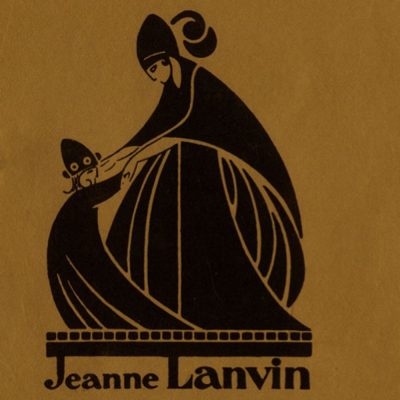
Designers 08.10.2019
18.12.2018
1930sFrench fashionSurrealism
Can fashion be a surrealist means of expression?
In 1936 a special period began in the research of designer and couturiere Elsa Schiaparelli: it was as if at that point in her career she felt the need to clarify to herself the cultural contents of the work she was doing about the language of the dress. There was something in her way of making fashion that resembled the communication put in place by Dada and Surrealist artists. In particular, she collaborated with surrealists artists, As Jean Arp, Jean Cocteau and Salvador Dali, to understand through different methods how “the language of the unconscious” that surrealism was experimenting could modify the language of clothes.
Cocteau worked on the ‘double’ and the ambiguity. For example, together with Schiaparelli, they made a dress playing on the visual ambiguity on the back: a vase containing flowers applied in relief, resting on a column, was obtained through the drawing of silhouettes of two female profiles. This attitude was particularly strong in embroideries – made by Lesage on original drawings by Cocteau – and also on accessories like buttons.
Dalì instead reworked the theme of sexual appeal hidden in the fascination of clothing. He translated into fabric an already developed subject, that of the Venus de Milo. The drawers had to bring out what the greatest external beauty hides behind a mask of serenity. The same drawers became pockets with a knob, on a coat presented in a fashion show with a ‘crowned’ hat. Another infamous dress that came out of the collaboration between Schiaparelli and Dalì was a white silk organza dress depicting a lobster surrounded by tufts of parsley. The dress was immediately bought by Wallis Simpson.
The collaboration with Dalì also continued for the following collections. Dalì gave ideas for clothes – as the black suit with pockets finished like red lips, worn for an event by Dalì’s wife Gala, completed by a hat shaped of shoe with heel – but also packaging for scents and perfumes and the furniture for Schiaparelli’s boutiques.
The message was explicit: fashion is a mannequin (without head and without life) to decorate. Only the dress can give a meaning to this inanimate being, introducing it into the most spacious life possible: that of social communication.
Schiaparelli was among the first to start actual collaborations with artists, which put art and fashion on the same level, a union that led to the creation of meaningful clothes and the production of a theoretical reflection on fashion itself.